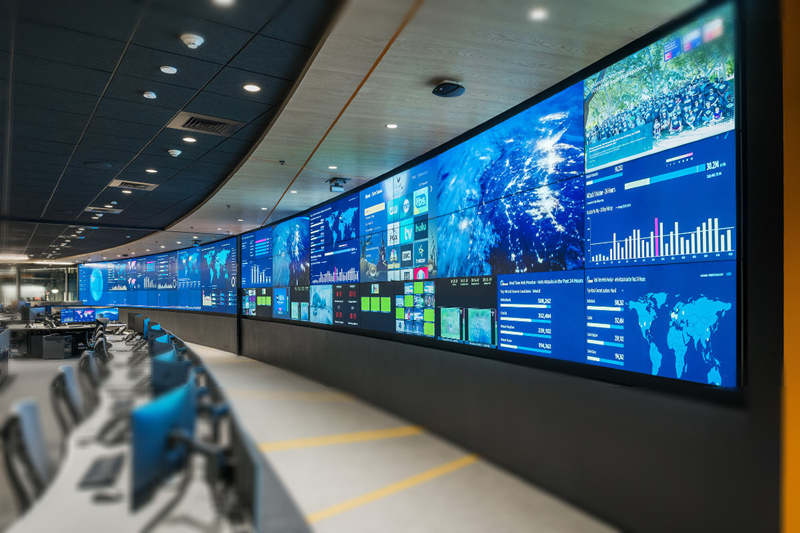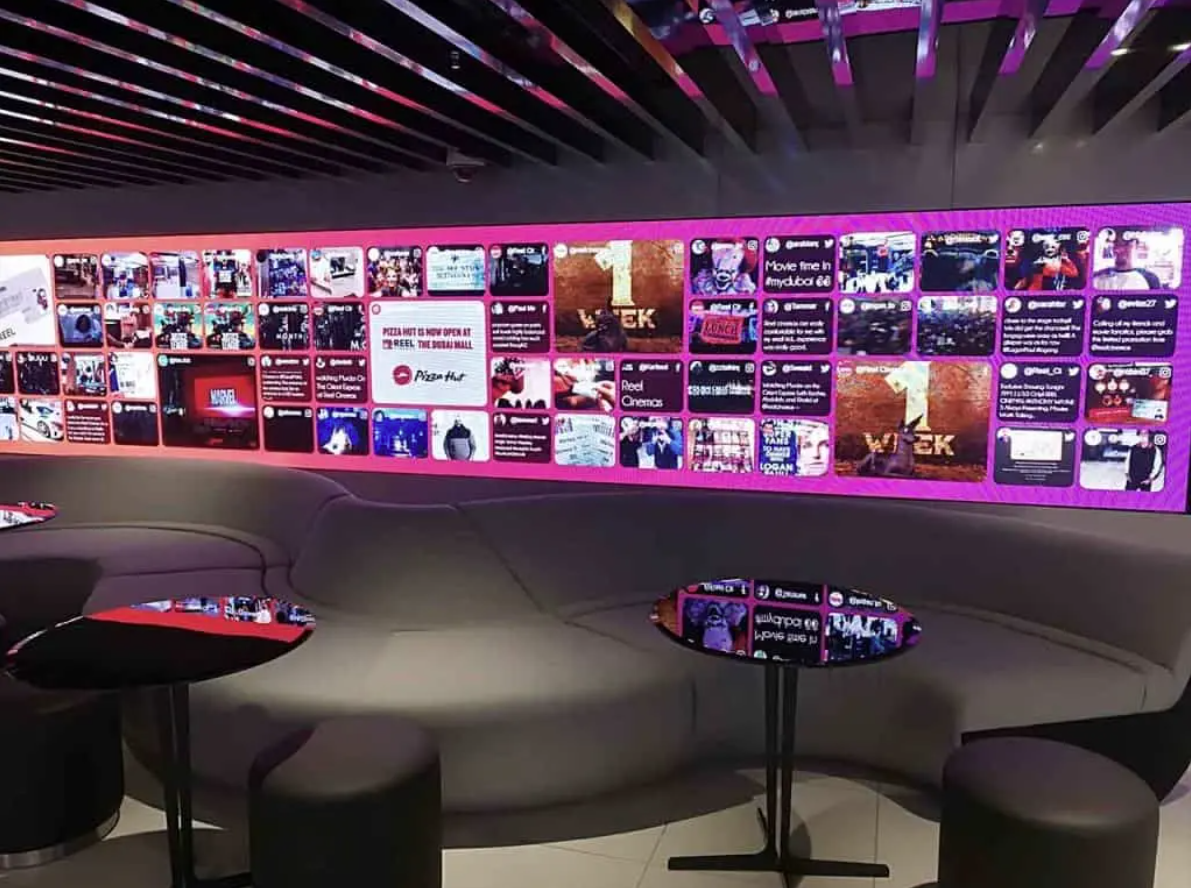
- English
- Español
- Português
- русский
- Français
- 日本語
- Deutsch
- tiếng Việt
- Italiano
- Nederlands
- ภาษาไทย
- Polski
- 한국어
- Svenska
- magyar
- Malay
- বাংলা ভাষার
- Dansk
- Suomi
- हिन्दी
- Pilipino
- Türkçe
- Gaeilge
- العربية
- Indonesia
- Norsk
- تمل
- český
- ελληνικά
- український
- Javanese
- فارسی
- தமிழ்
- తెలుగు
- नेपाली
- Burmese
- български
- ລາວ
- Latine
- Қазақша
- Euskal
- Azərbaycan
- Slovenský jazyk
- Македонски
- Lietuvos
- Eesti Keel
- Română
- Slovenski
- मराठी
- Srpski језик
RGX Small Pitch led display
2023-04-01
RGX Small pitch led display Introduction

What are small pitch LED displays?
Small pitch LED displays are a type of LED display that use tiny LEDs (light-emitting diodes) to create a high-quality digital image or video. Unlike traditional LED displays, which use large, spaced-out LEDs, small pitch LED displays use smaller LEDs that are packed more closely together, resulting in a higher pixel density and a clearer image.
Small pitch LED displays are typically used in indoor environments, such as conference rooms, control rooms, and retail spaces. They are also used in outdoor environments, such as sports arenas and billboards.
How do small pitch LED displays work?
Small pitch LED displays work by using tiny LEDs to create an image or video. Each LED is a tiny light source that can emit different colors of light, and when combined with other LEDs, can create a wide range of colors.
The LEDs are arranged on a circuit board called a module. Each module contains multiple LEDs that are packed closely together. These modules are then assembled into larger panels, which can be arranged in any shape or size.
The panels are controlled by a computer, which sends digital signals to the LEDs to create the desired image or video. The computer also controls the brightness and color of each LED, which allows for precise control over the final image.

Small pitch LED displays have a wide range of applications, including:
1.Advertising and promotion: Small pitch LED displays are often used in advertising and promotion, such as in shopping malls, airports, and other public spaces. They can display high-quality images and videos that grab people's attention and promote products and services.
2.Control rooms: Small pitch LED displays are used in control rooms, such as in power plants, airports, and emergency response centers. They can display real-time data, such as weather information, traffic patterns, and security feeds.
3.Sports arenas: Small pitch LED displays are used in sports arenas to display game information, scores, and advertisements. They can also display replays and close-up shots of the game.
4.Retail spaces: Small pitch LED displays are used in retail spaces, such as in department stores and malls, to display promotions and advertisements. They can also display product information and pricing.
Benefits of using small pitch LED displays
There are many benefits to using small pitch LED displays, including:
1.High-quality images: Small pitch LED displays offer high-quality images and videos that are bright, clear, and vibrant.
2.Flexible design: Small pitch LED displays can be designed in any shape or size, allowing for creative and unique displays.
3.Energy-efficient: Small pitch LED displays are energy-efficient, consuming less power than traditional displays.
4.Long lifespan: Small pitch LED displays have a long lifespan, lasting up to 100,000 hours or more.
5.Low maintenance: Small pitch LED displays require minimal maintenance, reducing costs and downtime.
Selecting the right small pitch LED display
When selecting a small pitch LED display, there are several factors to consider, including:
1.Pixel pitch: The pixel pitch is the distance between each LED on the display. A smaller pixel pitch results in a higher pixel density and a clearer image.
2.Viewing distance: The viewing distance is the distance between the viewer and the display. A smaller viewing distance requires a smaller pixel pitch.
3.Brightness: The brightness of the display is important, especially for outdoor displays or displays in bright environments. Higher brightness levels are necessary for displays that will be viewed in direct sunlight or from a distance.
4.Color gamut: The color gamut refers to the range of colors that the display can reproduce. A wider color gamut can result in more vibrant and accurate colors.
5.Contrast ratio: The contrast ratio is the ratio of the brightest to the darkest parts of the display. A higher contrast ratio results in a clearer and more vivid image.
6.Refresh rate: The refresh rate is the rate at which the display refreshes the image. A higher refresh rate results in smoother video playback.
RGX Conclusion:
Small pitch LED displays are a versatile and high-quality option for displaying digital content in a wide range of applications. They offer a range of benefits, including high-quality images, flexible design, energy efficiency, and low maintenance. When selecting a small pitch LED display, it's important to consider factors such as pixel pitch, viewing distance, brightness, color gamut, contrast ratio, and refresh rate. With the right small pitch LED display, you can create engaging and effective displays that grab people's attention and promote your business or organization.





